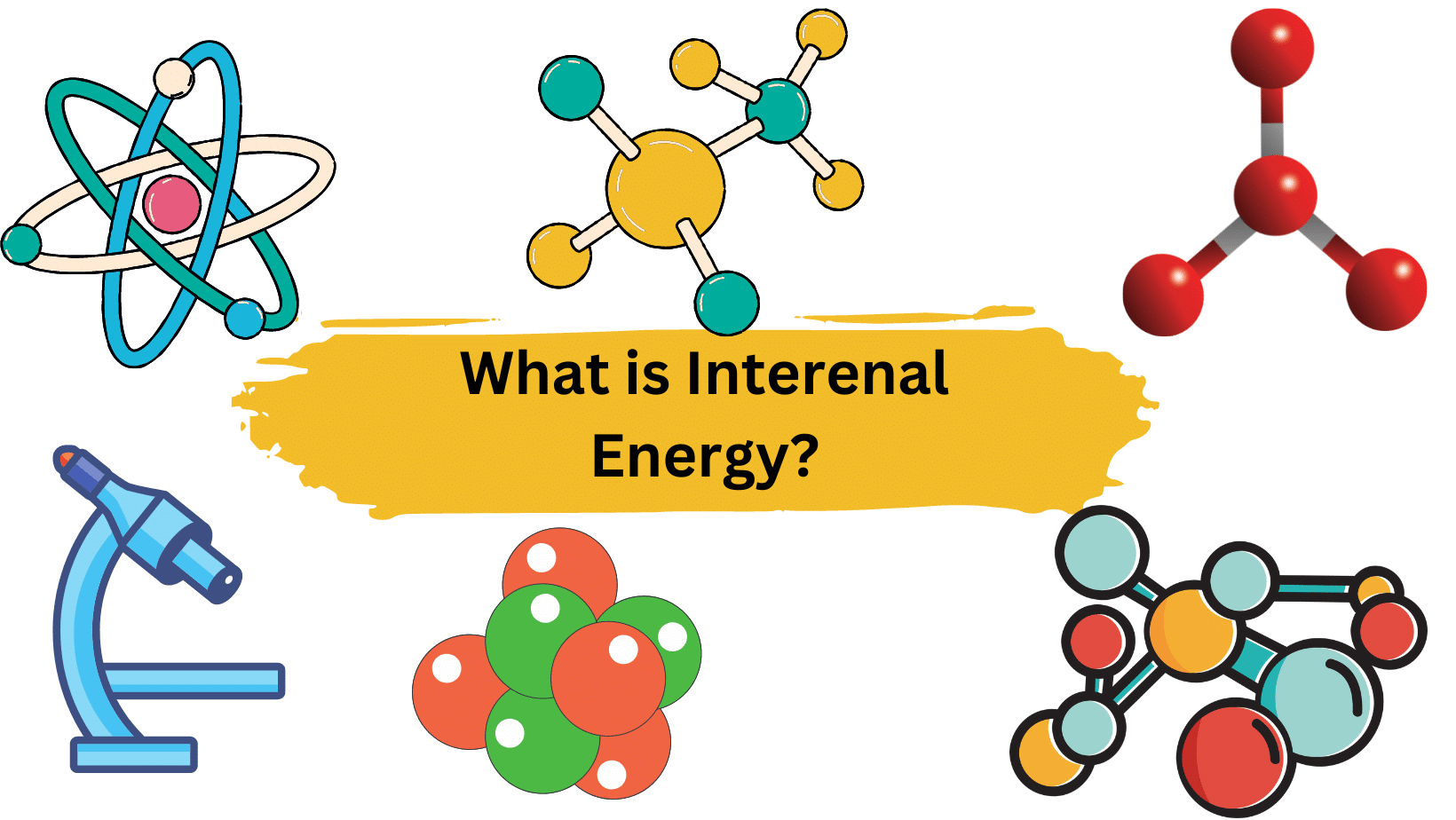Thermodynamics is a branch of science that studies the relationship between work, heat, temperature, and energy. Every day, we observe scenarios involving heat radiation and absorption, such as “when the ice melts.” Enthalpy is a state function, so in order to study it, we must first understand its state function.
Table of Contents
State Function
A state function is a property that describes a certain state without regard to the path taken to get there.
A state function is independent of the paths followed to arrive at a particular value, such as energy, temperature, enthalpy, and entropy. At constant pressure, enthalpy is the quantity of heat emitted or absorbed.

What is Enthalpy?
Enthalpy is a thermodynamic quantity that represents the entire heat content of a system. It is the product of pressure and volume, as well as the sum of the system’s internal energy.
The enthalpy, H, is equal to the product of the system’s pressure, P, and volume, V, plus the internal energy, E.
The mathematical formula for it is H = E + PV.
Enthalpy Definition
Enthalpy is simply defined as the sum of internal energy and the energy that is resulting due to its pressure and volume.
Internal Energy
Every substance has a specific amount of energy stored in it; this energy is known as the internal energy of the substance (system) and is denoted by the letter U. The energy contained within a material is the sum of all kinetic and potential energy, as well as all other energy presents in the substance’s particles.
Daily Life Examples of Enthalpy
Here are some daily-life examples of Enthalpy:
- Boiling water: When we boil water on a stove, the Enthalpy of the water increases as it absorbs heat from the stove. The Enthalpy change can be calculated by measuring the temperature difference before and after boiling.
- Combustion reactions: Combustion reactions, such as burning wood in a fireplace or a candle, involve a release of heat, which corresponds to a decrease in Enthalpy.
- Cooling drinks: When we put a cold drink in a warmer environment, such as leaving it outside on a hot day, the Enthalpy of the drink increases as it absorbs heat from the surrounding air.
- Body temperature regulation: The Enthalpy of the human body is maintained through processes such as sweating and shivering. Sweating releases heat from the body, while shivering generates heat by increasing muscle activity.
- Refrigeration: Refrigerators and air conditioners use refrigerant to transfer heat from a cold space to a warmer environment. This process involves changes in Enthalpy as the refrigerant absorbs and releases heat.
Frequently Asked Questions
| # | Questions | Answer |
| 1 | What is Enthalpy? | Enthalpy is a thermodynamic property of a system that represents the sum of the internal energy of the system and the product of its pressure and volume. Enthalpy is denoted by the symbol H and has units of joules (J) or calories (cal). |
| 2 | What is the formula for calculating Enthalpy? | The formula for calculating Enthalpy change is ΔH = Hfinal – Hinitial, where ΔH is the change in Enthalpy, Hfinal is the final Enthalpy, and Hinitial is the initial Enthalpy. |
| 3 | What is the difference between Enthalpy and internal energy? | Enthalpy and internal energy are both thermodynamic properties, but Enthalpy takes into account the work done by the system, whereas internal energy does not. Enthalpy is defined as the sum of the internal energy of the system and the product of its pressure and volume, whereas internal energy is just the sum of the kinetic and potential energies of the molecules in the system. |
| 4 | How is Enthalpy related to heat? | Enthalpy is related to heat through the equation Q = ΔH + W, where Q is the heat absorbed or released by the system, ΔH is the change in Enthalpy, and W is the work done by the system. If a system absorbs heat at constant pressure, its Enthalpy will increase, and if it releases heat at constant pressure, its Enthalpy will decrease. |
| 5 | What is the standard Enthalpy of formation? | The standard Enthalpy of formation (ΔHf) is the Enthalpy change that occurs when one mole of a substance is formed from its constituent elements in their standard states under standard conditions of 1 atm and a specified temperature. The standard Enthalpy of formation is denoted by the symbol ΔHf° and has units of joules per mole (J/mol). |
| 6 | What is Hess’s law of constant heat summation? | Hess’s law of constant heat summation states that the Enthalpy change of a chemical reaction is independent of the pathway between the initial and final states. In other words, the Enthalpy change of a reaction is the same whether it occurs in one step or a series of steps. This law allows us to calculate the Enthalpy change of a reaction by adding the Enthalpy changes of the individual steps of the reaction. |
| 7 | How is Enthalpy used in thermodynamics? | Enthalpy is used in thermodynamics to calculate the heat absorbed or released by a system during a chemical reaction or a physical process. Enthalpy is also used to determine the Enthalpy change of a reaction, the standard Enthalpy of formation, and the heat capacity of a substance. |
More Interesting Topics
Thermal Energy Equation- Simple Overview
Definition of electronegativity
Condensation Definition| Chemistry
How Many Cups in a Gallon?
Density of Water in g/ml-Accurate Value
- BCl3 Lewis Structure in four simple steps - November 1, 2023
- PH3 Lewis Structure in four simple steps - October 8, 2023
- PF3 Lewis structure in four simple steps - September 24, 2023



